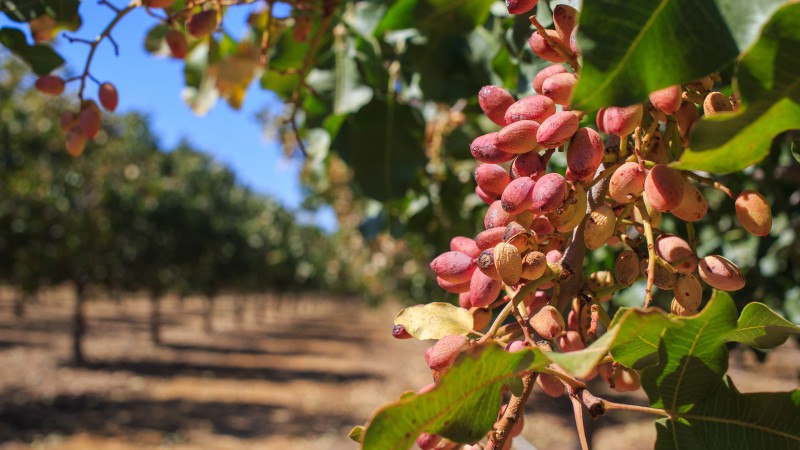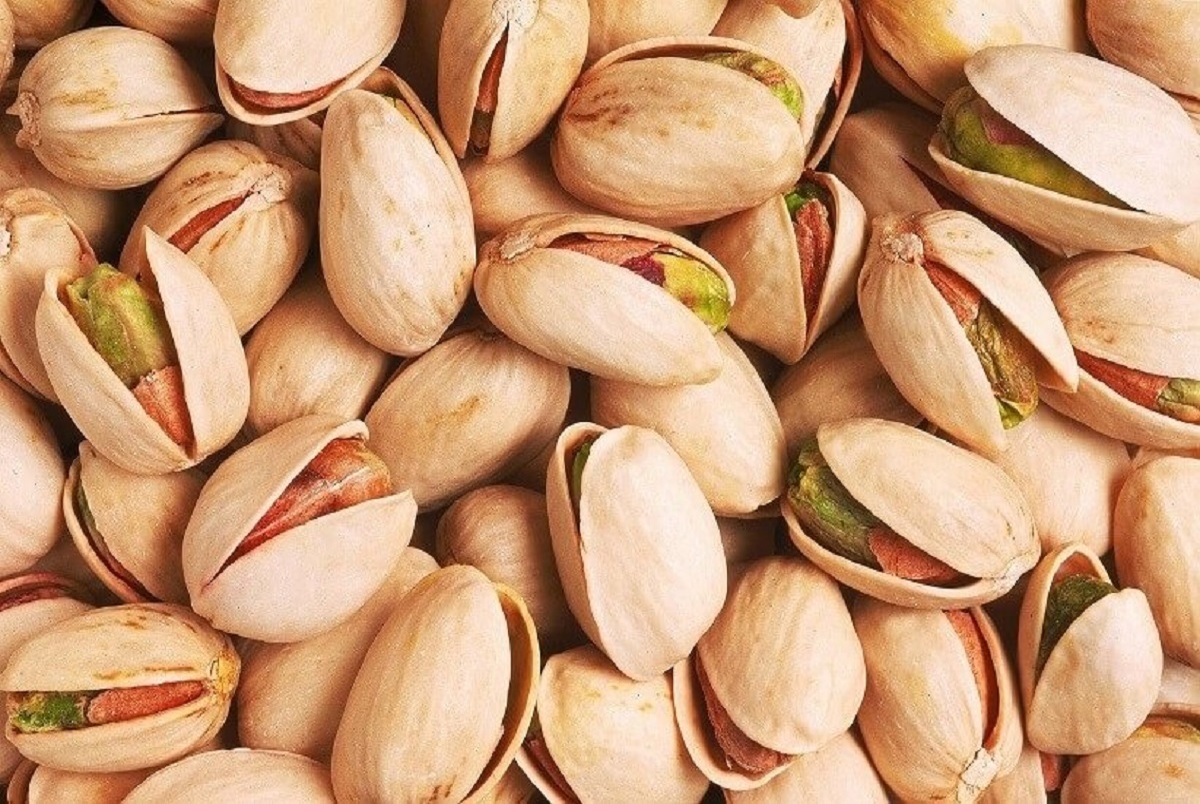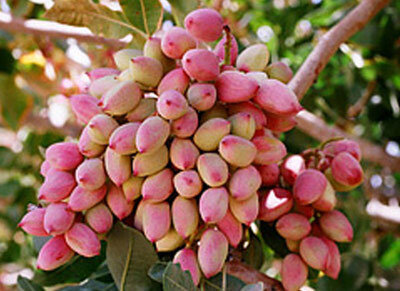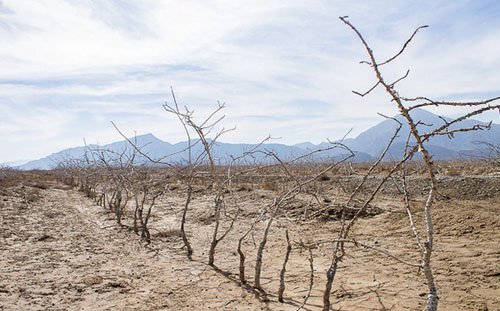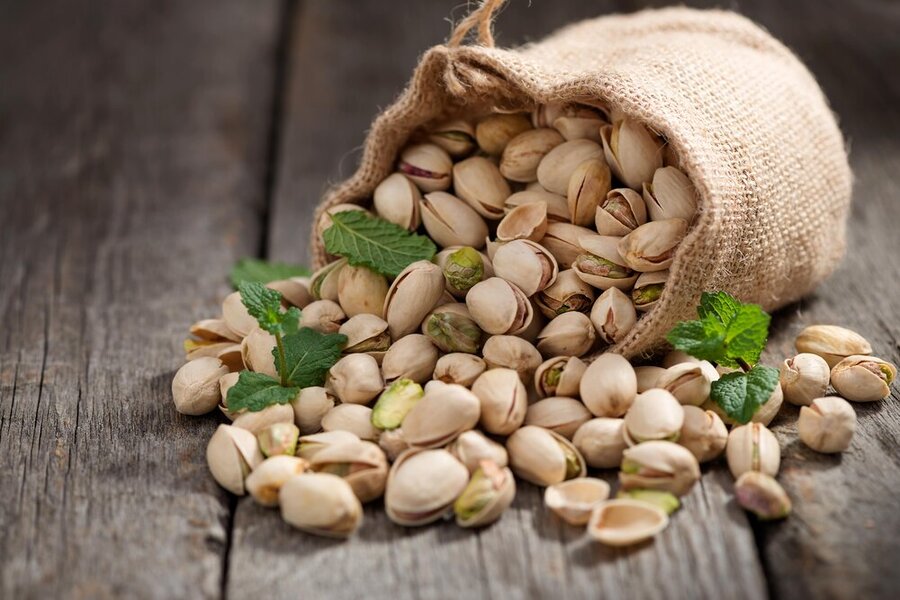The director of horticultural affairs of the North Khorasan Agricultural Jihad Organization said in an interview with IRNA on Wednesday: “Currently, the price of each kilogram of saffron flowers in the village of Saffron Bazaar in Farooj is sold at 210,000 Tomans.”
Mohammad Ali Sharikian, stating that saffron flowers produced from the fields of the province include 15% of the total value of horticultural products in this region in terms of value, added: “Considering that in recent years we have faced the phenomenon of drought, Go to cultivate low-water crops.
He stressed the government’s support for farmers, especially in low-water, drought- and cold-resistant crops, and said: “We must now provide the ground for development in terms of changing the cultivation pattern so that we do not face challenges in the years to come.”
The director of horticulture affairs of North Khorasan Jihad Agricultural Organization said: the average yield of saffron production in this province is more than 6.2 kg per hectare, which is about 2 times the national average.
Sharikian stated that the average yield of saffron in the country is 4 kg and said: According to the statistics of the Ministry of Jihad Agriculture, the area under saffron cultivation in 28 provinces of the country is more than 100,000 hectares.
He added: “The per capita consumption of saffron in the country is seven tenths of a gram per year, and Iran, with an annual consumption of 60 tons of saffron, ranks first in the world in the consumption of red gold.”
Partner said: Saffron is a low-expectation and economically productive plant that is suitable for cultivation in arid and semi-arid regions and the time of need for seasonal water is that other crops do not need water or at least do not face the problem of water shortage.
The director of horticulture affairs of North Khorasan Agricultural Jihad Organization, stating that most of the cultivated lands of this crop belong to Farouj city in the east of the province, said: this province ranks third among the provinces in terms of saffron cultivation and production, but ranks in productivity The first is dedicated to himself stated: It is predicted that saffron harvest in the current crop year compared to last year will increase by about 10%.
Sharikian said that saffron is cultivated in eight cities of the province, adding: suitable climatic conditions, adaptation, low water needs, proper yield and economic income, improving the technical knowledge of saffron growers and its ease of maintenance are important factors in the development of this export product in the province. Is.
He added: the possibility of removing and replacing water gardens with saffron, ease of mechanized cultivation and high economic value, ease of crop maintenance, the existence of five saffron processing and packaging units with an annual capacity of 3.4 tons and the possibility of exporting it including the benefits of cultivation This is a product.
Shrikian said: “Supervision and consultation of experts in the stages of planting, holding and harvesting and transferring technical knowledge to farmers, implementation of saffron value chain development plan, distribution of agricultural inputs, supply of cultivation model tools are among the supports of this organization.”
He added: Simultaneously with the harvest of red gold in the village, the saffron market in Farooj started working for the second year in a row and simultaneously with the harvest of saffron.
He said: This village market in an area of one thousand square meters, including 35 booths in the city of Farooj with the aim of supporting saffron producers and creating a place for proper supply of the product has been created by the Union of Rural Cooperatives of the city.
He added: “Farmers can deliver their produce to buyers in this place until the end of the flower harvest season and at reasonable prices that are determined by supply and demand in the market.”
The area under cultivation of medicinal plants in this province, which includes the cultivation of saffron, rosemary, cumin, peppermint, aloe vera, borage, shallot, thyme, black seed, lemon balm and bellflower, has reached 7,000 hectares, which compared to before The beginning of the government of prudence and hope has grown about 3 times.
North Khorasan has 344,000 hectares of agricultural land, of which about 47,000 hectares are gardens and the rest is agriculture.
Author: Ali Khakpash
